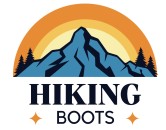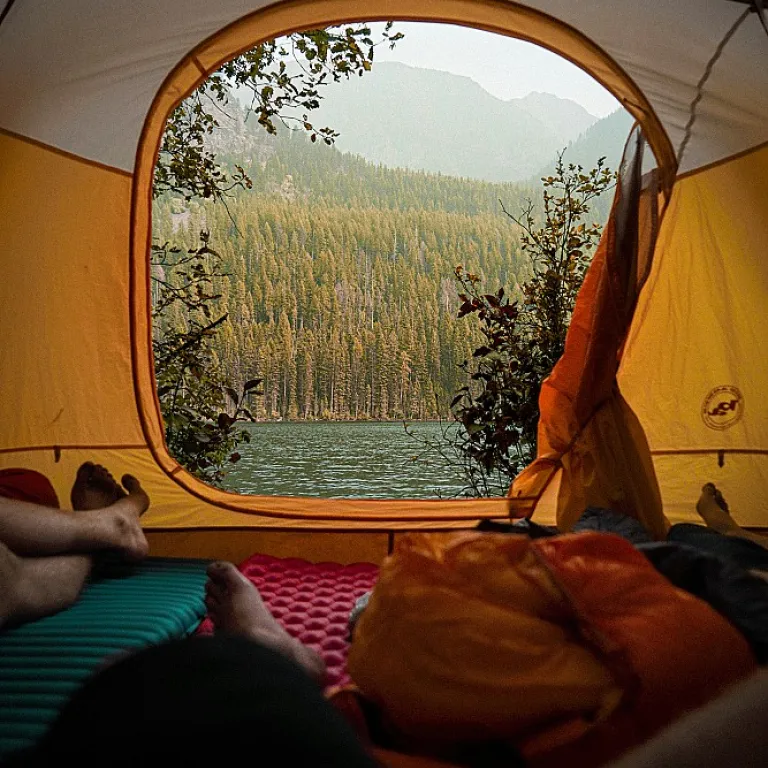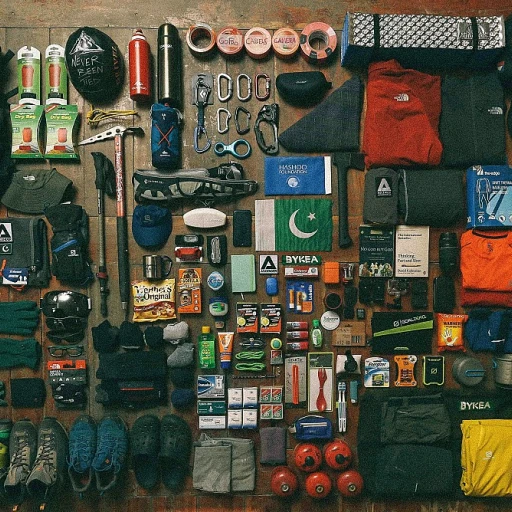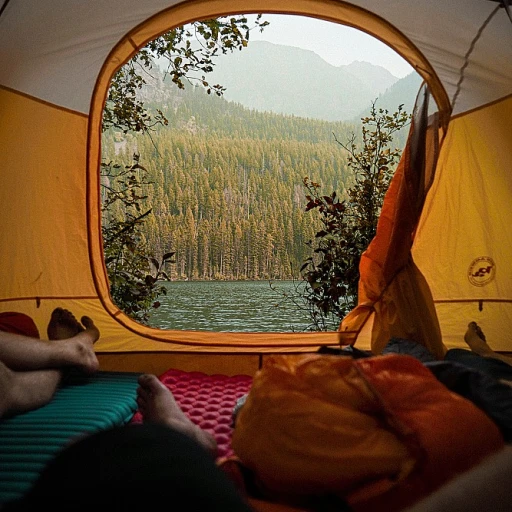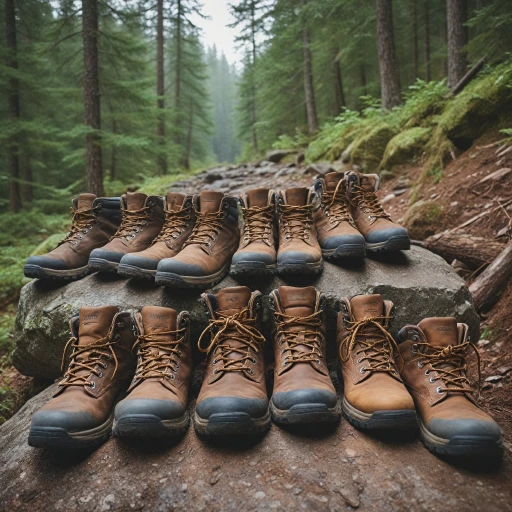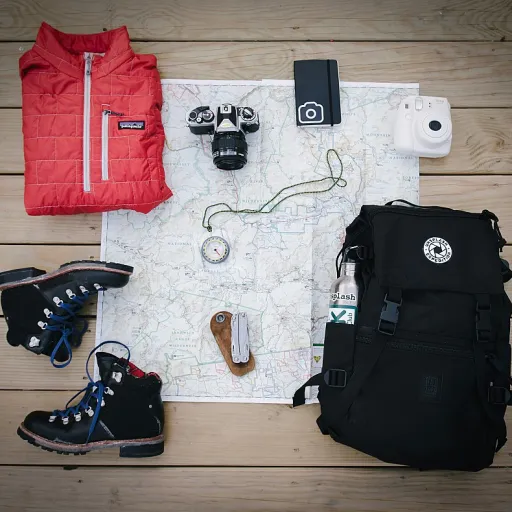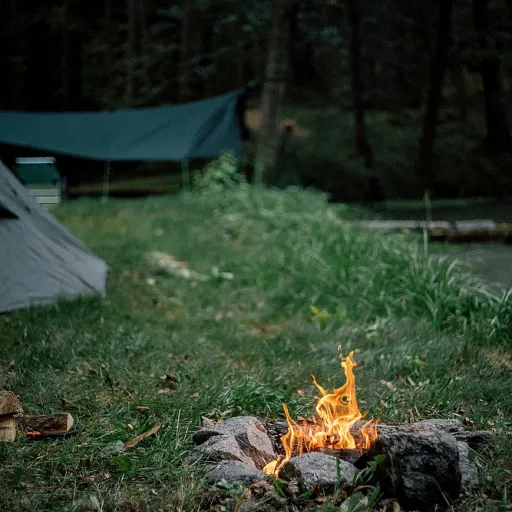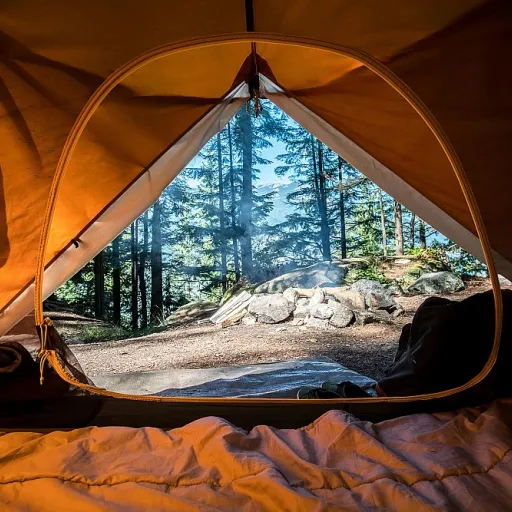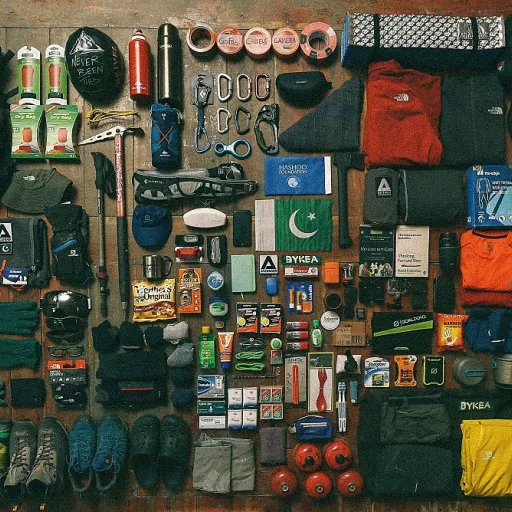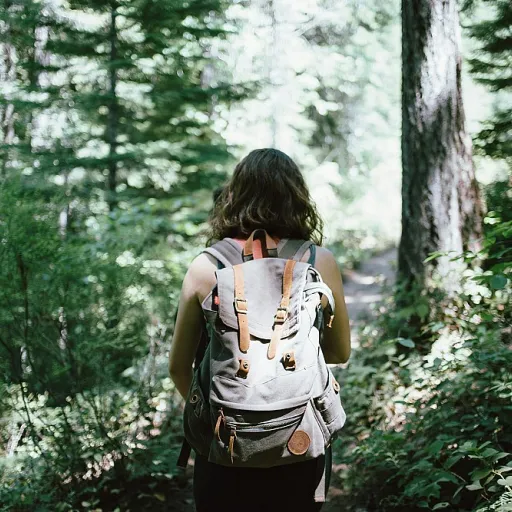
Understanding Waterproof Barefoot Boots
The Evolution of Minimalist Hiking Footwear
In recent years, there has been a noticeable shift towards minimalist footwear, with waterproof barefoot boots gaining traction among hikers. These boots challenge traditional concepts by encouraging a more natural posture, akin to walking barefoot. This approach provides several benefits in diverse hiking conditions.
The main distinction of barefoot boots is their design, which promotes foot flexibility and mimics the natural movement of your feet. Unlike conventional boots, they have a wide toe box, allowing your toes to spread naturally. This can be particularly advantageous in maintaining balance and traction on uneven terrain, whether you're walking through rain-soaked trails or winter's icy paths.
Barefoot boots often feature water-resistant materials, making them suitable for various weather conditions, from rainy hikes to snowy adventures. For those interested in the best waterproof options, these boots combine the benefits of being lightweight with the protection needed in wet environments, shielding your feet from water while keeping them comfortable and warm.
Additionally, the materials used, such as high-quality leather, wool lining, and rubber for enhanced traction, add to their appeal. Whether facing rain or snow, barefoot boots with these features ensure durability and grip, providing a good fit for any hiking challenge. This makes them an appealing choice not only for avid hikers but also for those venturing into diverse terrains and climates.
Advantages of Barefoot Boots in Hiking
Why Barefoot Boots Are Winning Over Hikers
Barefoot boots have undeniably become a favorite among hiking enthusiasts, and there are several compelling reasons for this shift. One of the primary benefits is their ability to offer a more natural walking experience. Equipped with a broader toe box, these boots provide ample room for your toes, facilitating better balance and stability on uneven terrain.
For those who value connection with the earth beneath their feet, barefoot boots offer a sensation akin to walking directly on the ground, due to their minimalistic design. This feature is particularly advantageous when navigating challenging paths laden with ice and snow. The included wool lining in winter models ensures your feet stay warm, whilst maintaining breathability, even in freezing conditions.
Moreover, the lightweight nature of barefoot shoes reduces fatigue during longer hikes. They also often feature superior traction for snowy and icy environments, rivaling that of traditional snow boots. The combination of a rubber sole and water-resistant materials makes them suitable for varying weather, including rain and mud.
The adaptability of barefoot boots doesn't end there. Many models are made from leather or incorporate waterproof technology. This ensures durability and protection against wet conditions, be it rain boots for sudden downpours or winter boots for snowy escapades. As the demand for barefoot options grows, evolving designs continue to impress with each new iteration, proving their place as among the best choices for hikers worldwide.
Waterproof Features and Their Importance
Key Considerations for Water Resistance
When you're navigating through muddy trails or traversing wet terrains, having boots that repel water is crucial. Waterproof barefoot boots often use a combination of materials that balance breathability and protection. Typically, a water-resistant membrane is integrated into the structure of these boots to keep your feet dry, even during prolonged exposure to moisture.Materials That Matter
The composition of barefoot boots significantly impacts their water resistance. Many feature high-quality leather uppers combined with synthetic fabrics that enhance their durability and water repellency. When selecting your ideal pair, pay attention to features like rubber soles and lined insoles. Not only do these enhance grip and warmth, but they also prevent water from seeping through. Wool lining can be an added benefit for winter boots, ensuring your feet stay warm even when the temperatures drop.The Role of Traction
Waterproof barefoot boots often include advanced traction technology, which is vital for maintaining stability on slippery surfaces such as ice or snow. Look for boots equipped with robust tread patterns that enhance grip and reduce the risk of slips. This is particularly important in winter boots and snow boots designed to tackle icy conditions and snow-covered paths with ease. Traction snow features are key elements for any serious hiker braving winter landscapes.Waterproof barefoot innovations
Modern barefoot boots like Xero shoes are designed to excel in both fit and function, offering ample toe room in the toe box to accommodate natural foot expansion while maintaining dryness. The barefoot shoes’ anatomically shaped design paired with water-resistant properties makes them an excellent option for those seeking comfort without sacrificing protection. Whether facing unexpected rain or consistent snow, having the best waterproof footwear can enhance your hiking experience considerably. For more on hiking footwear technology and benefits, check out our guide on the benefits of hike water shoes.Choosing the Right Pair for Your Needs
Finding the Perfect Fit for Your Foot Adventure
Choosing the right pair of waterproof barefoot boots can be a game-changer for your hiking experience. Not only do these boots ensure your feet stay dry and snug in winter or rain conditions, but they also provide the natural foot movement and balance that barefoot enthusiasts cherish. Let's dive into some key considerations to keep in mind when selecting your next pair.
First, consider the environment and season you're likely to hike in. If you're tackling snow trails or winter hikes, opt for options with additional features like wool lining or boots with high-volume toe boxes. These elements provide extra warmth, allowing you to comfortably roam even on colder days.
In contrast, if rain and wet conditions are more familiar to your hiking ventures, prioritize shoes with top-notch waterproof capabilities. Barefoot rain boots or rubber rain boots are great choices, offering a delicate balance of water resistance while maintaining flexibility and comfort.
Equally important is the traction aspect of your boots. Hiking across icy patches or slippery mud can be treacherous, thus barefoot shoes with excellent traction snow properties are essential. Consider well-designed tread patterns to ensure stability and avoid any injuries.
Moreover, material and construction play crucial roles. Look for boots built from durable materials such as leather or lined with breathable fabrics, ensuring a balance of protection and comfort. Remember that while leather boots might take a while to break in, they often mold well to the foot over time.
Lastly, size and fit are non-negotiable. Your barefoot boots should hug your feet comfortably, neither too loose nor restrictive. A spacious toe box can make all the difference, allowing your toes the freedom to splay and move, which is essential for maintaining balance on tricky terrains.
By considering these factors, you can find the best waterproof barefoot boots tailored to your specific hiking needs, ensuring every trip is an enhanced and enjoyable experience.
Care and Maintenance of Barefoot Boots
Preserving Your Investment with Proper Care
Taking good care of your waterproof barefoot boots is crucial not only for preserving their condition but also for ensuring they maintain their performance characteristics like water resistance and traction. Whether you're trekking through snow and ice or simply enjoying a gentle rain-soaked trail, proper maintenance will keep your boots in peak condition.- Cleaning Your Boots: Start by removing any dirt, mud, or debris after each hike. Use a soft brush and mild soap to clean the surfaces, ensuring that no particles remain trapped, especially around the toe box and high volume areas. Avoid using harsh chemicals as they can degrade the materials, particularly leather and wool lining.
- Drying Techniques: After exposure to water or wet conditions like snow and rain, it's vital to let your barefoot boots dry naturally. Avoid placing them near direct heat sources, which can damage the materials and reduce the boots' longevity. Instead, stuff them with newspaper or use boot dryers to maintain their shape while drying.
- Enhancing Water Resistance: Regularly applying a water-resistant treatment can help maintain the waterproof capabilities of your boots. Pay special attention to the seams and other vulnerable areas, ensuring they remain sealed against moisture.
- Storage Tips: Store your boots in a cool, dry place away from direct sunlight. Ensure they are completely dry before storing to prevent mold or musty odors, keeping the wool lining fresh for those cold winter boot outings.
- Checking for Wear and Tear: Regularly inspect your boots for any signs of wear, particularly around the traction areas and lined sections. Replace insoles or other components as necessary to maintain the best fit and comfort.
Real-Life Experiences from Hikers
Testimonials from Seasoned Hikers
Seasoned hikers who have embraced the minimalist approach of barefoot boots often attest to the unique advantages offered by these versatile shoes. By allowing more natural foot movement, these boots enhance balance and provide a remarkable feel for the trail beneath.
Hikers have found barefoot boots particularly beneficial in winter conditions. The wool lining keeps feet warm and snug, while the boots' design provides excellent traction on snow and ice, often surpassing the grip of traditional winter boots. The low-profile design of the toe box encourages a more natural walking gait, which many experienced hikers appreciate.
A notable feature of waterproof barefoot boots is their ability to shed water effectively while maintaining breathability. This is crucial when traversing wet or snowy environments, as it keeps feet dry and prevents the discomfort of soggy, cold toes during long hikes. Hikers often recount how well these boots transition from wet to dry terrains, making them ideal for unpredictable weather conditions where rain and snow may mix.
However, it's not just about being water resistant. Hikers also emphasize the importance of proper fit and comfort. A good fit ensures minimal rubbing and ample space in the toe box, essential for long-distance hikes. The boots’ lightweight nature often leads to reduced fatigue, enabling hikers to cover more ground efficiently.
Care is essential to prolonging the life of barefoot boots. Many users recommend regular cleaning and conditioning, especially for models with leather uppers, to retain their water-repellent properties and maintain flexibility.
For those considering a switch to barefoot boots for hiking, testimonials frequently highlight the rewarding sensation of reconnecting with nature, feeling one with the ground, and enjoying a more instinctive hiking experience. These shoes prove to be a credible choice for those seeking comfort, adaptability, and functionality in various weather conditions.
